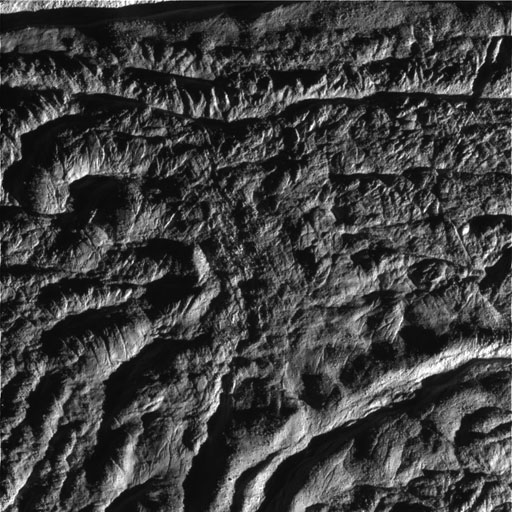Scientists for the Cassini mission called their flyby of Saturn's small moon Enceladus on August 11 a "skeet shoot," partially in honor of the current Olympic games underway, but mostly because the spacecraft would be trying to shoot rapidly at the moon with its array of cameras and scientific instruments. As the images begin to stream back, the scientists are definitely excited about what they're seeing.
"What a dazzling success!" said Carolyn Porco, the Cassini Imaging Team Leader. "There doesn't even appear to be any smear." Scientists compared Cassini's fast flyby of Enceladus to trying to capture a sharp, unsmeared picture of a roadside billboard about a mile away with a 2,000 mm telephoto lens held out the window of a car moving at 50 mph. The imaging team is still poring over the pictures to see if they were successful in "shooting" their target: the active vent regions on the tiger stripe-like features on the moon's south pole that create the geysers on Enceladus. But the amazingly clear images show a fractured surface littered with boulders and what Porco said could possibly be ice blocks.
Cassini flew over the surface of Enceladus at tremendous speed; about 18 km/sec (about 40,000 mph), which makes taking clear images very difficult. The imaging team devised a technique of turning the spacecraft while taking pictures in rapid succession, shooting at seven, very high priority surface targets. The suite of images ranged in resolution from 8 to 28 meters/pixel, using exposure times that were long enough to see the surface in the twilight near the terminator yet short enough to avoid smear.
[caption id="attachment_16743" align="alignnone" width="580" caption="Overview of Cassini's flyby. Credit: NASA/JPL"]
[/caption]
The tiger stripes, officially called sulci, have been identified by the imaging cameras on earlier flybys of Enceladus as the sources of the jets, and also as the "hot spots" or warmer areas on the moon identified by the Cassini's Composite Infrared Spectrograph.
[caption id="attachment_16742" align="alignnone" width="512" caption="Region "7" of the Cassini's skeet shoot of Enceladus. Credit: NASA/JPL"]
[/caption]
Porco said the team still has much work to do to decipher all the information in the images and data from the other instruments. "In this painstaking work, we proceed, step by step, to lay bare those things which hold the greatest promise of comprehension, the greatest significance for piecing together the story of the origins of the bodies in our solar system, our Earth, and indeed ourselves," she wrote in
her blog.
We'll provide further updates on the flyby images as information becomes available.
Sources:
Cassini's website,
NASA blogs
,
CICLOPS flyby preview
 Universe Today
Universe Today
